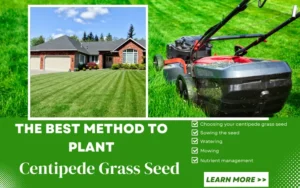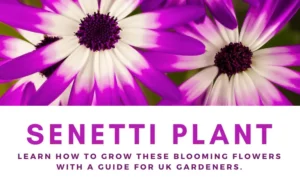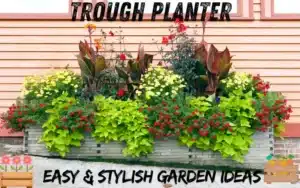People often ask me what to put on top of soil for indoor plants. There are many options, and they can help plants stay healthy and moist. It’s not just about looks. Today, I’ll show you different types of top dressings.
What Is Topdressing?
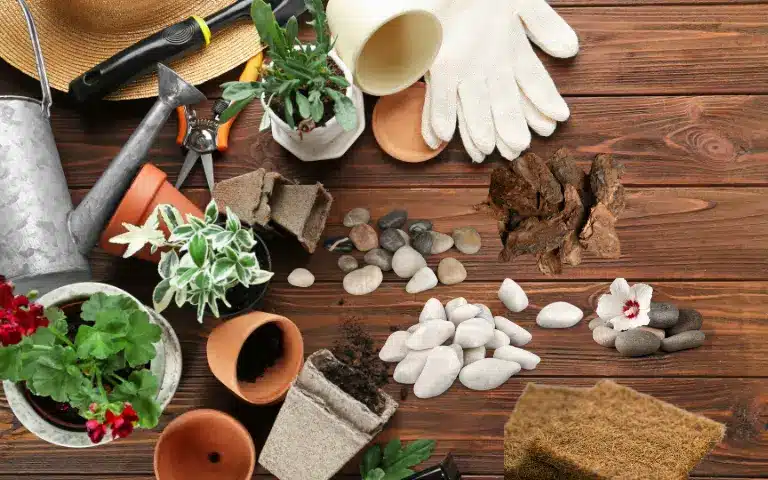
Topdressing is a thin layer of soil on top of your planter pot. Some people think topdressing is only for cacti and succulents. I’ll show you top dressings for other plants.
Why Topdress Your Indoor Plants?
Think of topdressing as a plant’s spa day! Topdressing offers a variety of advantages for your indoor plants, including:
- Moisture retention: It helps keep soil moist longer, especially in a terracotta pot.
- Prevents pests: Pests lay eggs in soil. Top dressing makes it harder for pests to access the soil and breed.
- Preventing erosion: That dry, crumbly top layer of soil? It’s a hassle. Topdressing keeps things neat and tidy.
- Nutrients: Some topdressing materials, like compost, release nutrients to your plants slowly.
- A Finished Look: It makes your plants look finished and presentable. It just looks pretty!
What To Use For Topdressing?
Today, I am going to break down the different types of topdressing I use and answer some common questions about them. “What to put on top of soil for indoor plants comes in topdressing!” Let’s talk about what you can use and see what they can do for your green friends!
Compost:
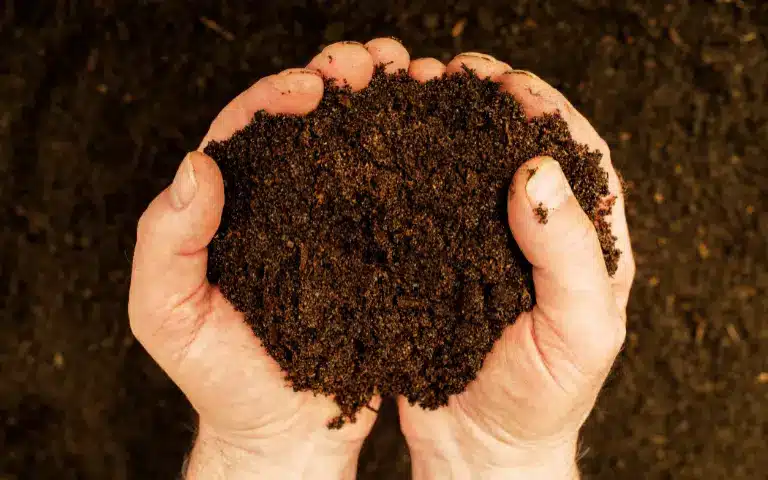
It’s packed with nutrients that slowly release into the soil, feeding your plants and improving soil structure, making it easier for roots to breathe. Use well-aged compost for the best results.
Bark chips:
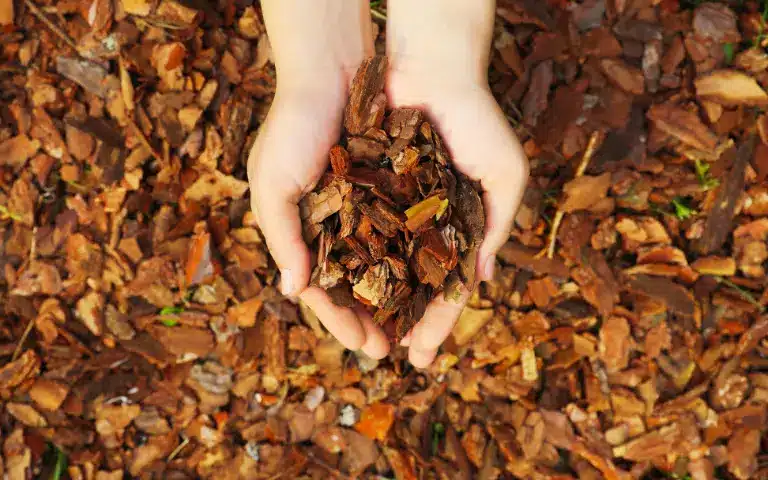
Bark chips are decorative and functional. They add an earthy look to pots and help retain moisture. Some types of bark can be acidic, so choose something else if your plant prefers alkaline soil.
- Small bark chips are neater.
- It’s best for aroids and plants that need air and water flow.
- It’s a hard bark that doesn’t break down easily.
- It smells great, like Aveda hair salon products.
Fir bark isn’t ideal for shallow-rooted plants as it can be too heav.
Coconut coir:
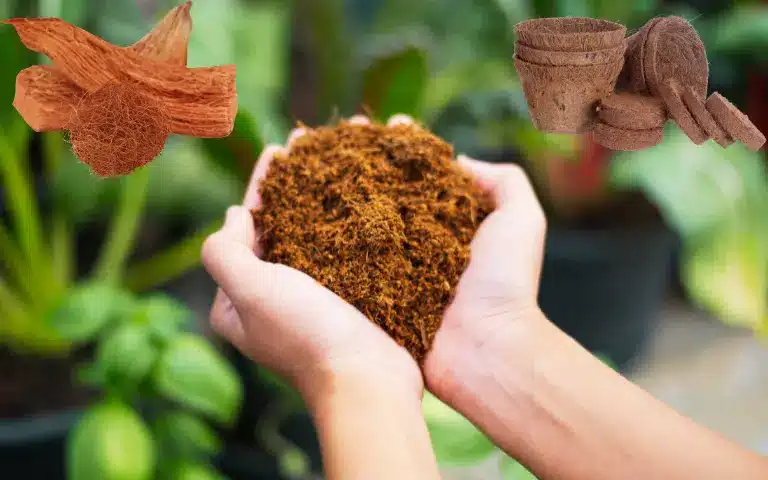
An organic, moisture-retentive material. It’s made from coconut husk fibers, which soak up moisture and keep it in the soil. Plus, it’s a natural peat moss alternative.
Pebbles:
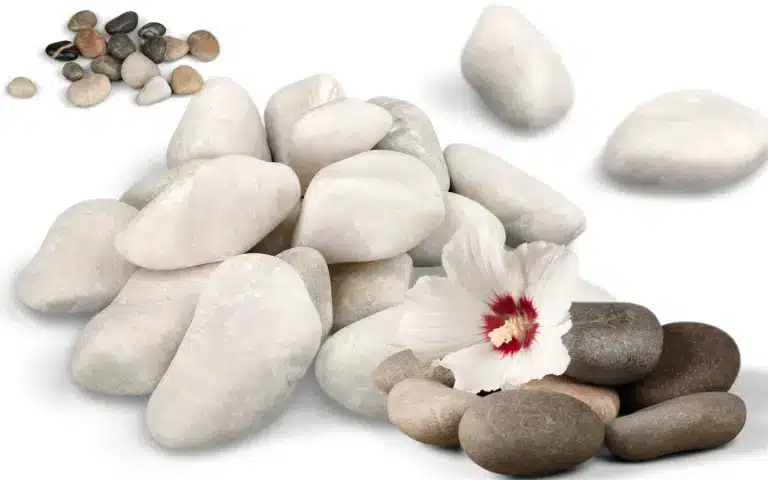
Pebbles are a classic choice for topdressing, and for a good reason! They add a decorative touch and can help prevent soil splash. Plus, they can help keep the soil cool and moist, especially in hot climates.
Avoid using pebbles for plants like philodendrons, pothos, or monstera, as their roots need space to grow.
Moss:
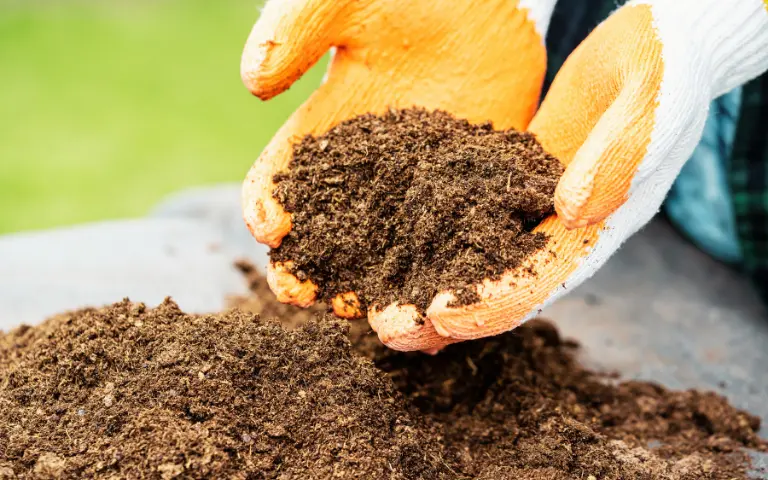
Adds a touch of rustic charm to any pot and helps plants stay moist and soil-free. It’s great for plants that like a humid environment.
Calcined clay:
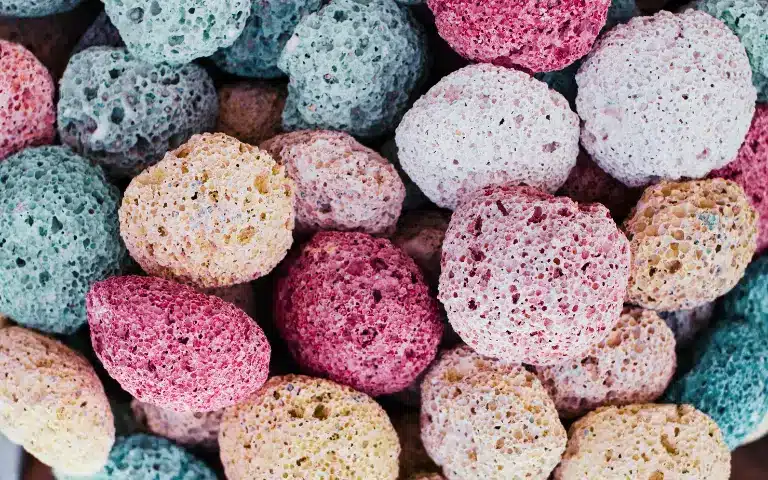
Known as expanded clay, best for hoyas and succulents, it is lightweight and porous, making it perfect for topdressing. It helps improve drainage, aeration, and water retention, creating an ideal environment for your plant’s roots. It turns dark when watered, which is a great visual indicator of when your plants have been hydrated.
Overwatering is a common issue with succulents. Using this top dressing with a cactus or succulent mix will help prevent that problem.
Pumice:
Superheated volcanic rock. It’s heavier than perlite and drains faster, but it’s more expensive and harder to find. It improves drainage and aeration, just like calcined clay. Plus, it’s light, so it won’t weigh down your pots.
Mulch:
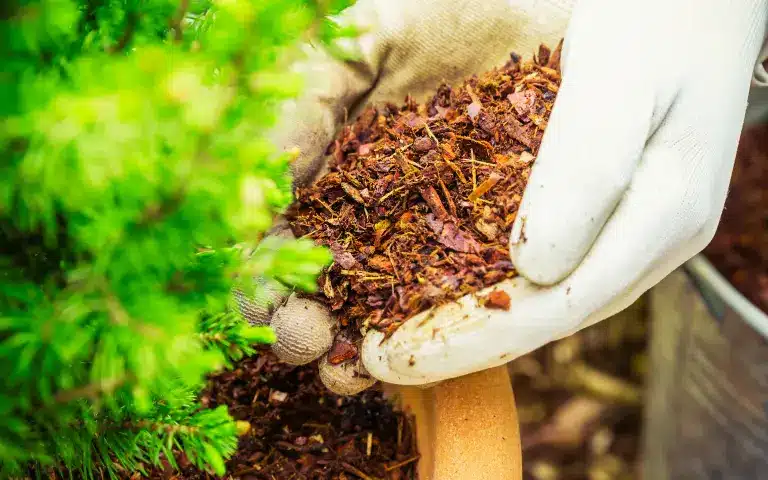
Mulch is a common top dressing for outdoor plants, but it can also be used indoors. It helps keep the soil moist, stops weeds growing, and protects it from harsh conditions. It might not be the best choice for indoor plants.
How to Topdress Your Plants: A Step-by-Step Guide
Here’s how to topdress like a pro:
- Prepare Your Plant: Gently remove any dead leaves or debris from around the base of your plant.
- Choose Your Topdressing: Select a material that’s appropriate for your plant’s needs.
- Apply the Topdressing: Spread a layer of topdressing, about 1-2 inches thick, over the soil surface.
- Water Thoroughly: Give your plant a good watering to settle the topdressing and encourage growth.
Topdressing Tips for Indoor Plant Success
- The basics of soil: Basically, soil does two things:
- Feeds Plants: Soil provides nutrients like nitrogen, phosphorus, and potassium.
- Retains Water: Soil holds water, but too much water can cause root rot. Plants need a wet-and-dry cycle to thrive.
- You can topdress your plants every few months, or whenever the top layer of soil looks dry and depleted.
- Don’t be afraid to try different topdressing materials to find what works best for your plants.
- Some plants, like succulents, may not need topdressing at all.
- Use things like crushed seashells, decorative stones, or even coffee grounds (for acidic-loving plants).
- Seedlings are very delicate and require a different approach to soil management.
- When choosing a top dressing, always consider your plant’s root system.
Selecting the appropriate soil for your indoor plants may pose a challenge, but utilizing topdressing presents a simple method to enhance their growth. This technique aids in retaining moisture, warding off pests, and elevating the overall appearance of your plants. By acquiring some knowledge, you can discover the ideal blend for each of your plants.
It’s all about providing your plants with the right environment to thrive! So try it out and see the difference for yourself! I think you’ll love it!
FAQs: What To Put On Top Of Soil For Indoor Plants
How often should I replace my topdressing?
The frequency depends on the material. Compost needs replacing more often than pebbles or bark chips. Check your topdressing often for signs of decay or debris.
Can I use topdressing for all indoor plants?
Most indoor plants benefit from topdressing. Some plants might not tolerate specific materials. Always research your plant’s specific requirements before using any new topdressing.
Can I use topdressing for outdoor plants too?
Yes! Topdressing helps outdoor plants stay moist and protect the soil.
What if I don’t have access to these topdressing materials?
Be creative! Try using eggshells, coffee grounds, or stones. Make sure the material is safe for your plant and doesn’t affect its growth.
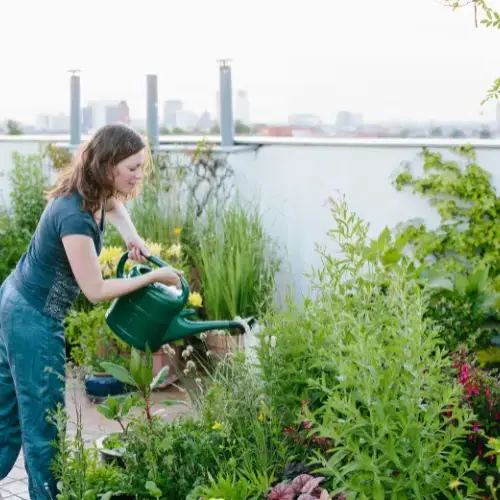
About the Author
As a woman expert in sustainable, environmental, and natural farming methods.
I write about houseplant care sharing tips and tricks i’ve learned over the years to help keep your plants happy and healthy.

